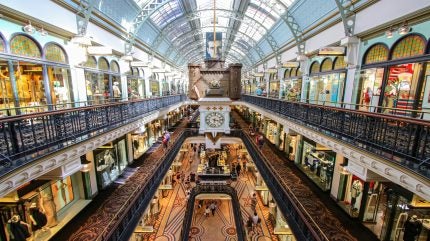
The Australian Bureau of Statistics (ABS) has reported a 1.2% increase in retail turnover for June 2025, seasonally adjusted.
This rise follows a 0.5% increase in May and a stable April.

Discover B2B Marketing That Performs
Combine business intelligence and editorial excellence to reach engaged professionals across 36 leading media platforms.
ABS business statistics head Robert Ewing attributed the strong June rise in retail turnover to discounts from sales events and new product launches, noting that mid-year sales events spurred spending on discretionary items such as furniture, electrical goods and clothing.
Non-food related spending was the primary driver, with household goods retailing increasing 2.3% and other retailing 1.9%.
Ewing stated: “Consumers are targeting sales events with a focus on value for big ticket items like household furniture, bedding, electronic devices and TVs.
“Turnover for electrical and gaming retailers was lifted further by the much-anticipated launch of the Nintendo Switch 2, which delivered record sales.”

US Tariffs are shifting - will you react or anticipate?
Don’t let policy changes catch you off guard. Stay proactive with real-time data and expert analysis.
By GlobalDataDepartment stores and clothing, footwear and personal accessory retailing also saw increases, buoyed by end-of-financial year sales and winter clothing purchases.
Although food retailing recovered with a 0.9% rise, spending in cafés, restaurants, and takeaway food services declined 0.4%.
The June quarter also saw a modest 0.3% growth in retail sales volumes, continuing a trend of volume growth from previous quarters.
However, retail volumes per capita decreased 0.1%, indicating that consumer spending is still cautious.
Retail prices increased 0.6% for the quarter, a slight deceleration from the 0.7% rise in the March quarter of 2025.
The release is the final publication of Retail Trade Australia.
Australian statistician Dr David Gruen stated: “Final publication comes 74 years after Sir Roland Wilson, chief statistician at the time, released the results of the first retail trade survey in 1951. Sir Roland noted that total Australian retail sales in the September quarter 1950 amounted to £383.2m – around $20.5bn in today’s dollars.”





